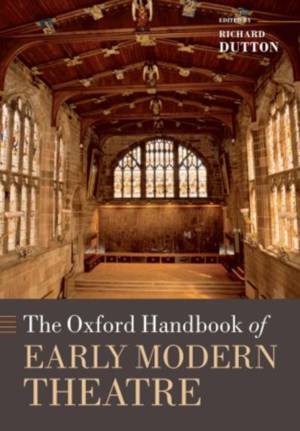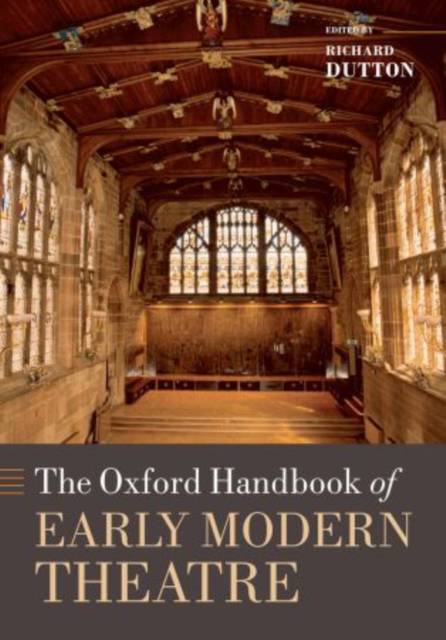
- Afhalen na 1 uur in een winkel met voorraad
- Gratis thuislevering in België vanaf € 30
- Ruim aanbod met 7 miljoen producten
- Afhalen na 1 uur in een winkel met voorraad
- Gratis thuislevering in België vanaf € 30
- Ruim aanbod met 7 miljoen producten
Zoeken
€ 66,45
+ 132 punten
Omschrijving
There was no single 'Elizabethan stage'. Early modern actors exploited various opportunities for patronage and profit between the 1570s and 1642, whether touring, or performing at inns, in country houses, in purpose-built theatres, at court, at the universities, or at the inns of court. This authoritative and comprehensive collection of new essays explores the social, political, and economic pressures under which the playing companies of Shakespeare and his contemporaries operated. It shows how they evolved over time to meet new challenges such as the opposition of City of London authorities, the possibility of permanent location in London, the re-emergence of boy companies c. 1600, and the great increase in court performance which began under James I. Essays also explore the practical everyday business of playing: acquiring scripts and playhouses, dramatic authorship, the contribution of financiers and entrepreneurs, rehearsing, lighting, music, props, styles of acting, boy
actors, and the role of women in an 'all-male' world. A number of contributors address the methodologies of theatre history itself, questioning its philosophical premises and evaluating the nature of the evidence we have, such as that from stage directions in play-books or from the visual records. The collection as a whole offers a challenging account of the world of the players in Tudor-Stuart England, revising old assumptions and so inviting us to explore anew the plays which were written for them and which are their greatest living legacy.
actors, and the role of women in an 'all-male' world. A number of contributors address the methodologies of theatre history itself, questioning its philosophical premises and evaluating the nature of the evidence we have, such as that from stage directions in play-books or from the visual records. The collection as a whole offers a challenging account of the world of the players in Tudor-Stuart England, revising old assumptions and so inviting us to explore anew the plays which were written for them and which are their greatest living legacy.
Specificaties
Betrokkenen
- Auteur(s):
- Uitgeverij:
Inhoud
- Aantal bladzijden:
- 752
- Taal:
- Engels
- Reeks:
Eigenschappen
- Productcode (EAN):
- 9780199697861
- Verschijningsdatum:
- 10/11/2011
- Uitvoering:
- Paperback
- Formaat:
- Trade paperback (VS)
- Afmetingen:
- 246 mm x 173 mm
- Gewicht:
- 1292 g

Alleen bij Standaard Boekhandel
+ 132 punten op je klantenkaart van Standaard Boekhandel
Beoordelingen
We publiceren alleen reviews die voldoen aan de voorwaarden voor reviews. Bekijk onze voorwaarden voor reviews.











